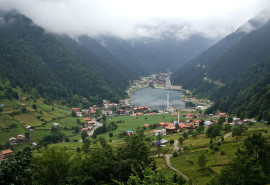Fatih Mosque
mosqueMehmed the Conqueror built the Fatih Mosque between 1463-1470 on-site of the Church of the Holy Apostles which had been in poor condition since the Fourth Crusade and is known that it is the burial place of the Roman Emperor Constantine. the Greek architect Atik Sinan designed it as watching the features of the Ottoman imperial architectural traditions as a complex including eight medrese, a library, hospital (darüşşifa), hospice, caravanserai, market, Hamam (Turkish Bath), primary school, and public kitchen. Plus a Sahn-ı Seman Medrese which is the highest educational facility of the period was built at the request of Mehmed the Conqueror who had been known for his interest in positive sciences well.
However, the mosque was completely damaged and finally collapse in 1766 because of the earthquakes that have occurred in decades. the architect, Mehmet Tahir built the current mosque with a totally different plan in 1771. Mosques’ interior design and architectural features are essentially a copy of earlier designs invented by Mimar Sinan re-used repeatedly in Istanbul. According to historians, the mosque is a sample of Islamic Persian medresse architecture which can roughly be described as this kind that focuses on the harmony of the people with their environments and no strict rules this form of Islamic architecture

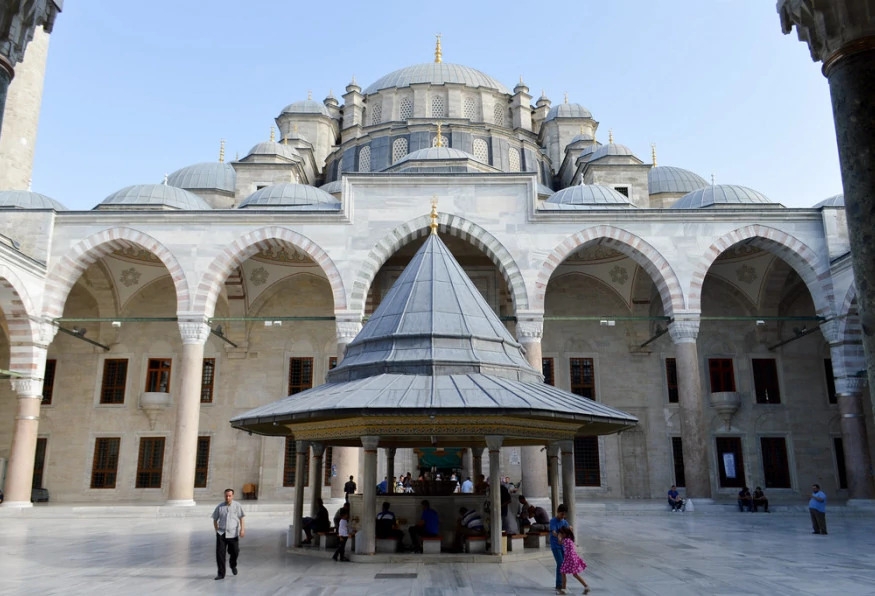
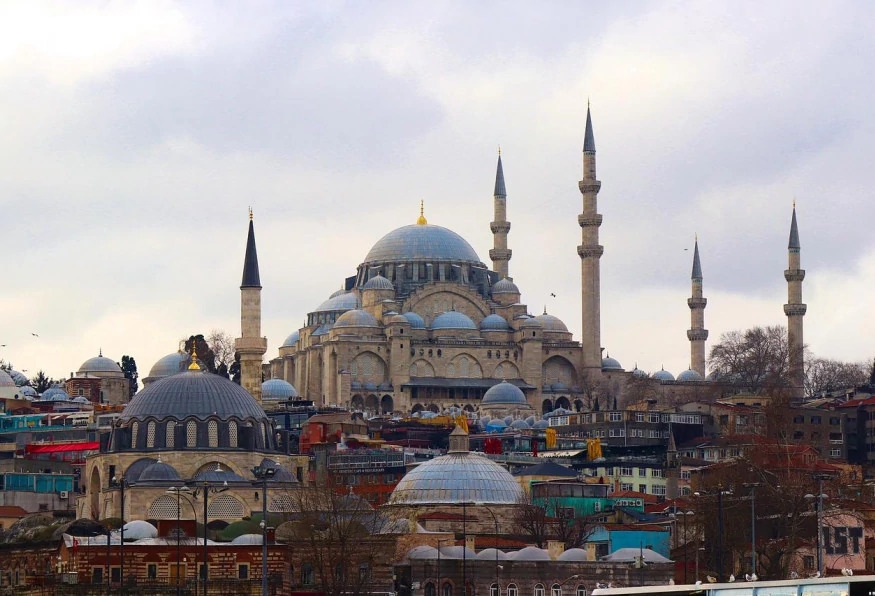
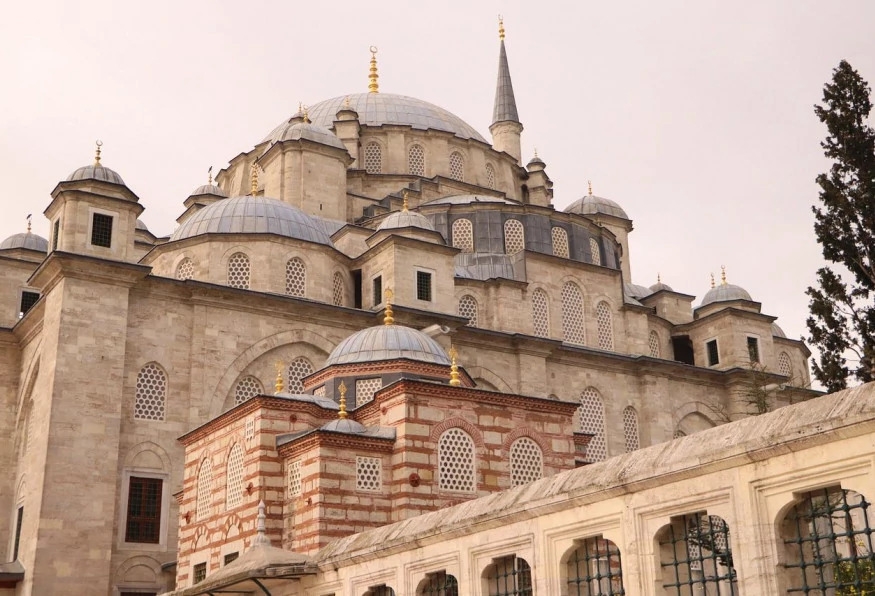
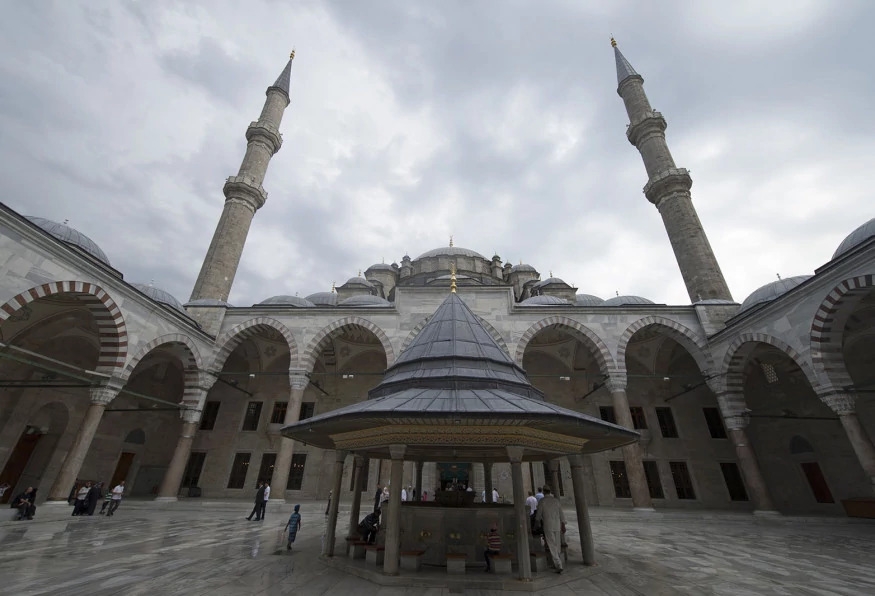
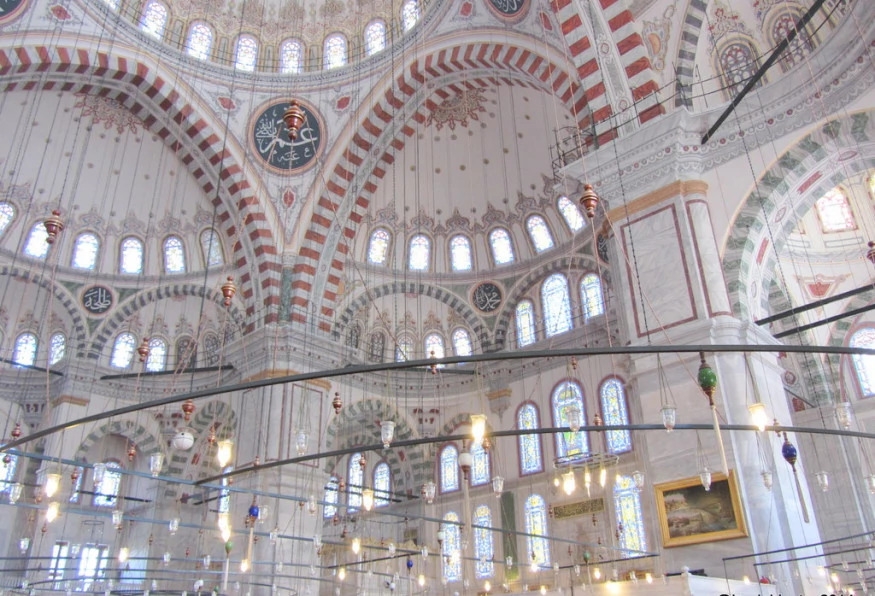
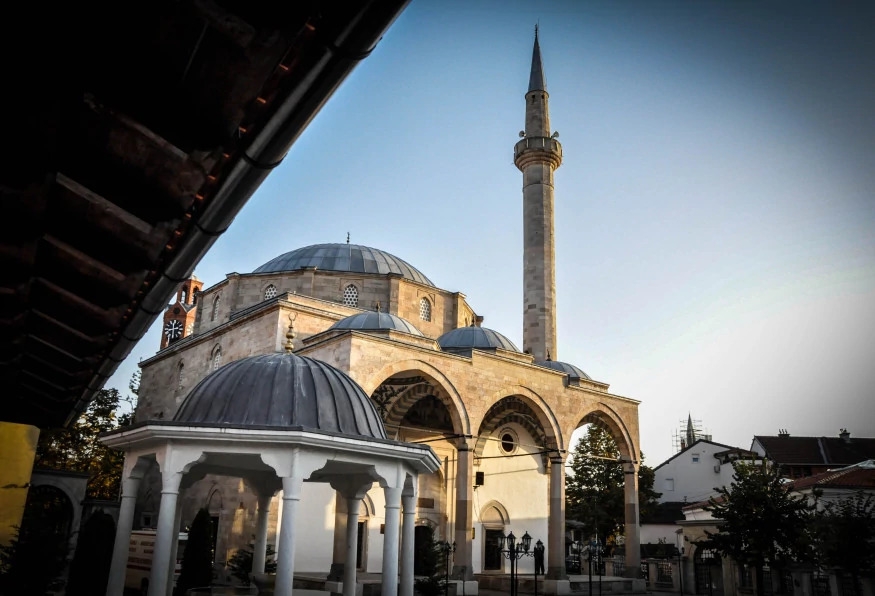
-high.jpg&w=1920&q=100)
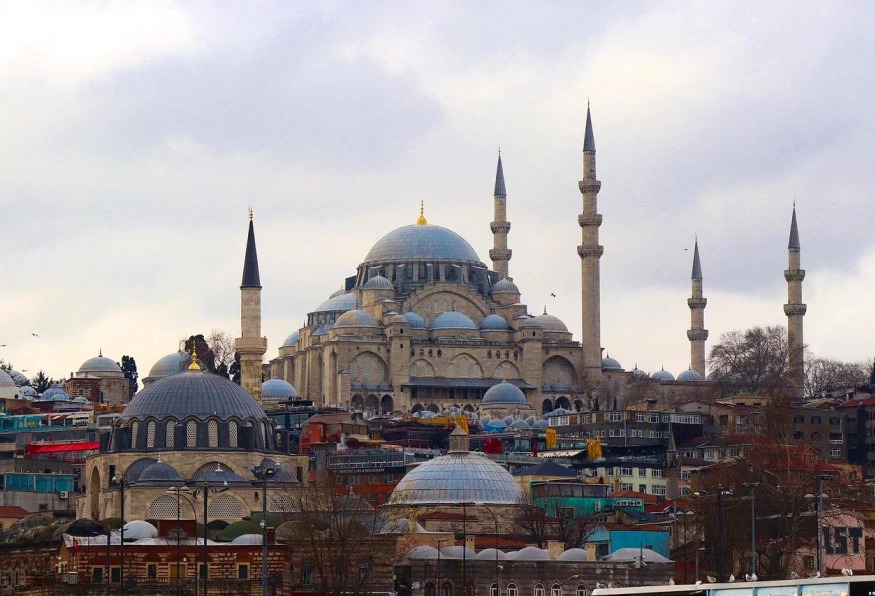
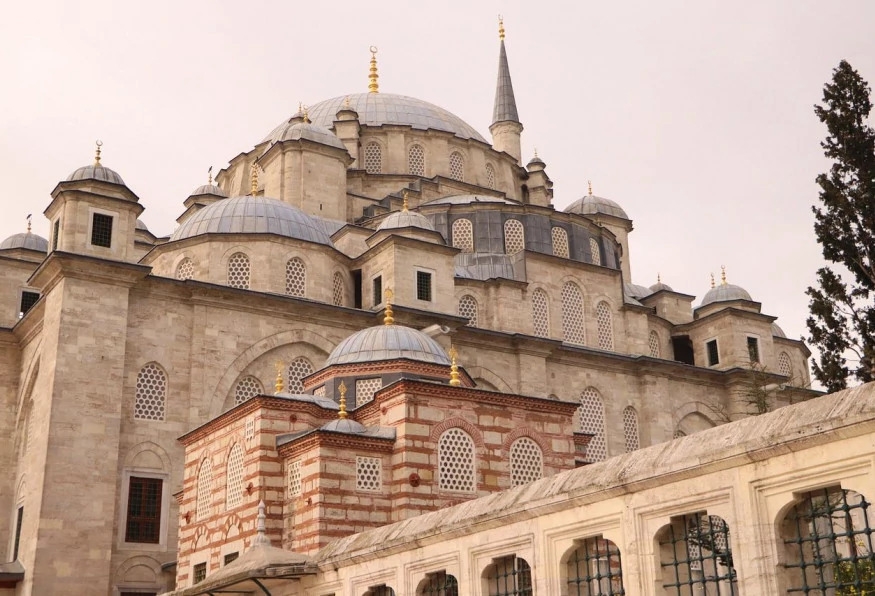
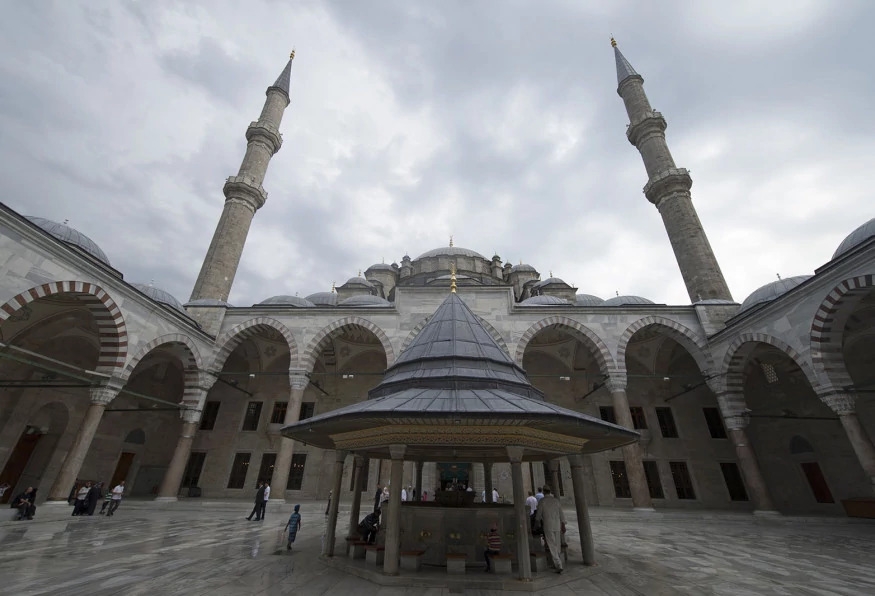
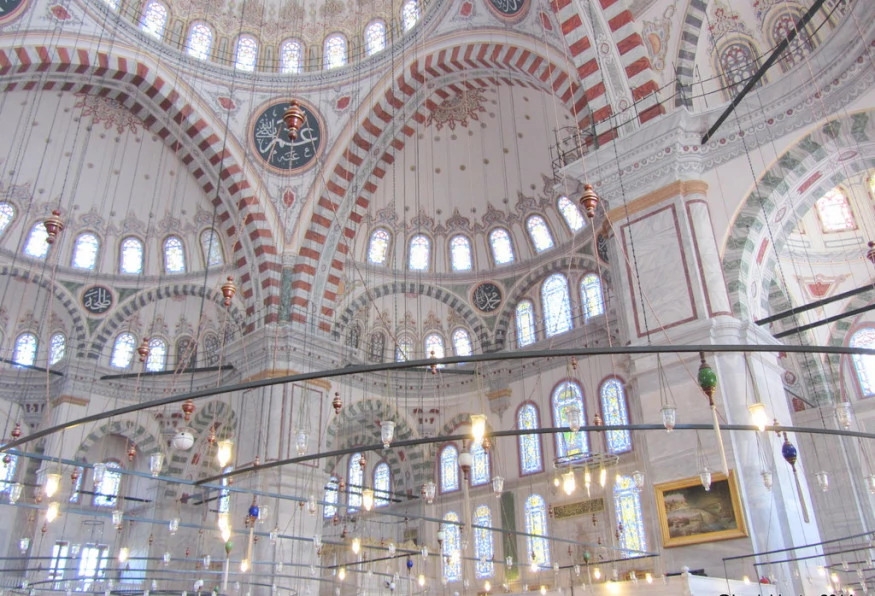
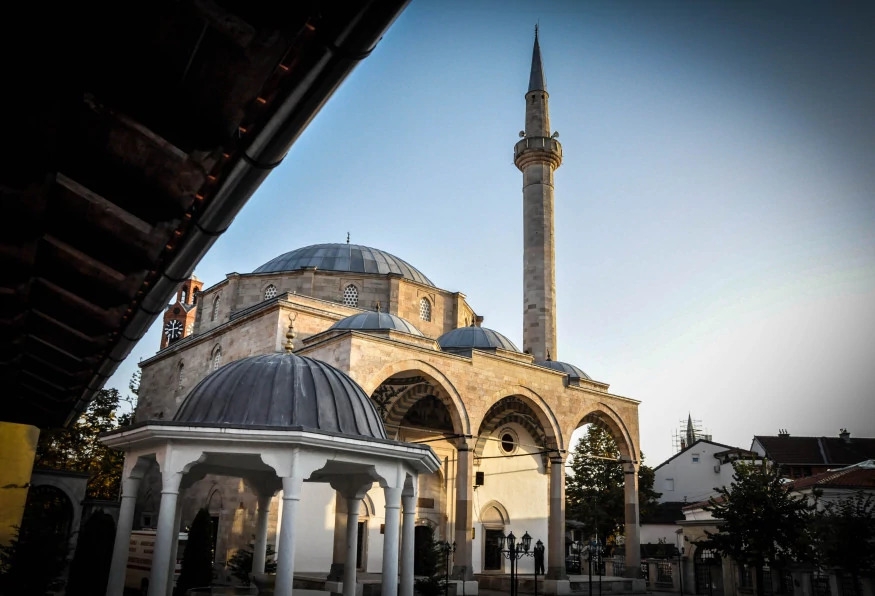
-thumb.jpg)
